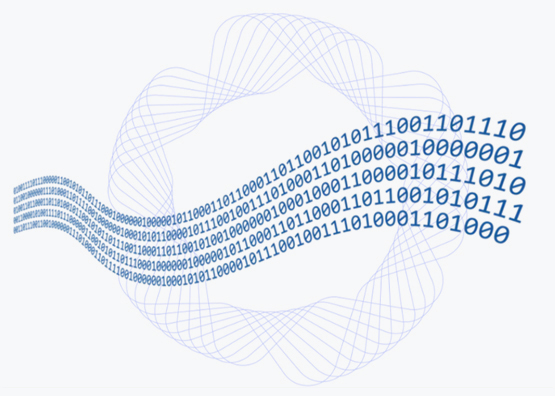2022 WAS A YEAR THAT FEATURED MANY FORWARD-THINKING BUSINESS LEADERS IMPLEMENTING THESE THREE PROCESSES AUTOMATIONS
As CEOs look for advantages to grow their products and services surpass their competitors’ capabilities, artificial intelligence has provided a new process automation tool in the CEO’s tool kit. And if the rate of adoption in 2022 is any indication, process automation by AI will become a significant factor that can allow forward thinking business leaders to gain the competitive advantage. AI Automation can be the key ingredient that can translate into market leadership.
We have taken a look back at our team’s interactions with businesses in 2022, and the following are the top three process automation AI applications that business leaders favored as primary targets.
# 3 Incoming Purchase Orders in Varying Formats
The automation of incoming purchase orders for companies has been a long sought-after objective. EDI (Electronic Data Interface) was an attempt to standardize formats for incoming purchase orders in a digital format that can easily update a company’s ERP or MIS system.
However, only large companies had the capability to enforce an EDI format onto their suppliers, effectively transferring the cost of processing orders back to their suppliers. EDI did not solve the automation of incoming purchase order for the vast majority of companies, as customers resisted this change and continued to send their purchase orders using their own formats.
The introduction of this AI application by CEOs was focused on solving the problem of unstructured varying purchase order formats. AI can read unstructured purchase order formats and convert them into a structured format defined by the company’s order entry system. This automated solution provided the capability of receiving purchase orders in any format and automatically entering into EPR or MIS systems.
The result is a 90%+ reduction in manual handling requirement of purchase orders, a reduction in manual-based errors, and an increase in order fulfilment speed.
“data extraction automation from unstructured data and conversion into structured and usable data, AI has tangibly amplified extracting data with high accuracy.”
-Dr. Jeremy Nunn – Forbes Technology Council
# 2 Customized Processes such as Monitoring of Market conditions
The application of AI adopted by CEOs featured many custom based applications. This is an expected outcome as a one size fits all approach can rarely automate processes that must be tailored to a company’s varying operating conditions. Also, highly specialized operations specific to a company’s operation result in a greater automation impact that can separate a company from its competitors. An investigation & consultation phase is always necessary to create the right architecture that most B2B AI applications aim to solve.
One example includes intelligent pricing, where companies apply AI to track fluctuating market prices related to widgets and services. This real time knowledge allows companies that are sensitive to market pricing to adapt their pricing proactively to market conditions, rather than suffering the consequences of being overpriced or underpriced.
Another example includes reading employee notes from team meetings and creating summarized drafts, then emailing them to team members for real-time updates. This is applicable, for example, in client status conversations among product and service delivery teams, or for reading technical documents and creating written reports for team members.

# 1 Supplier Invoices in Various Formats
The most frequent in-demand application of AI that we encountered is related to the processing of supplier invoices. This remains a top priority among CEOs and their automation interests as incoming supplier invoices require a high level of manual handling. Just as incoming purchase orders are in varying unstructured formats, so too are incoming supplier invoices, which are also received in whichever format suppliers send their invoices. These could be received by email with instructions in the body, by pdf attachment, spreadsheet, Quickbooks, Freshbooks, Sage, or even by hard copy fax or traditional mail etc…
An AI Automated process can read any of the varying formats, understand the key content and enter it into the company’s ERP or Accounting system without any manual repetitive requirements.

 - EN
- EN 




